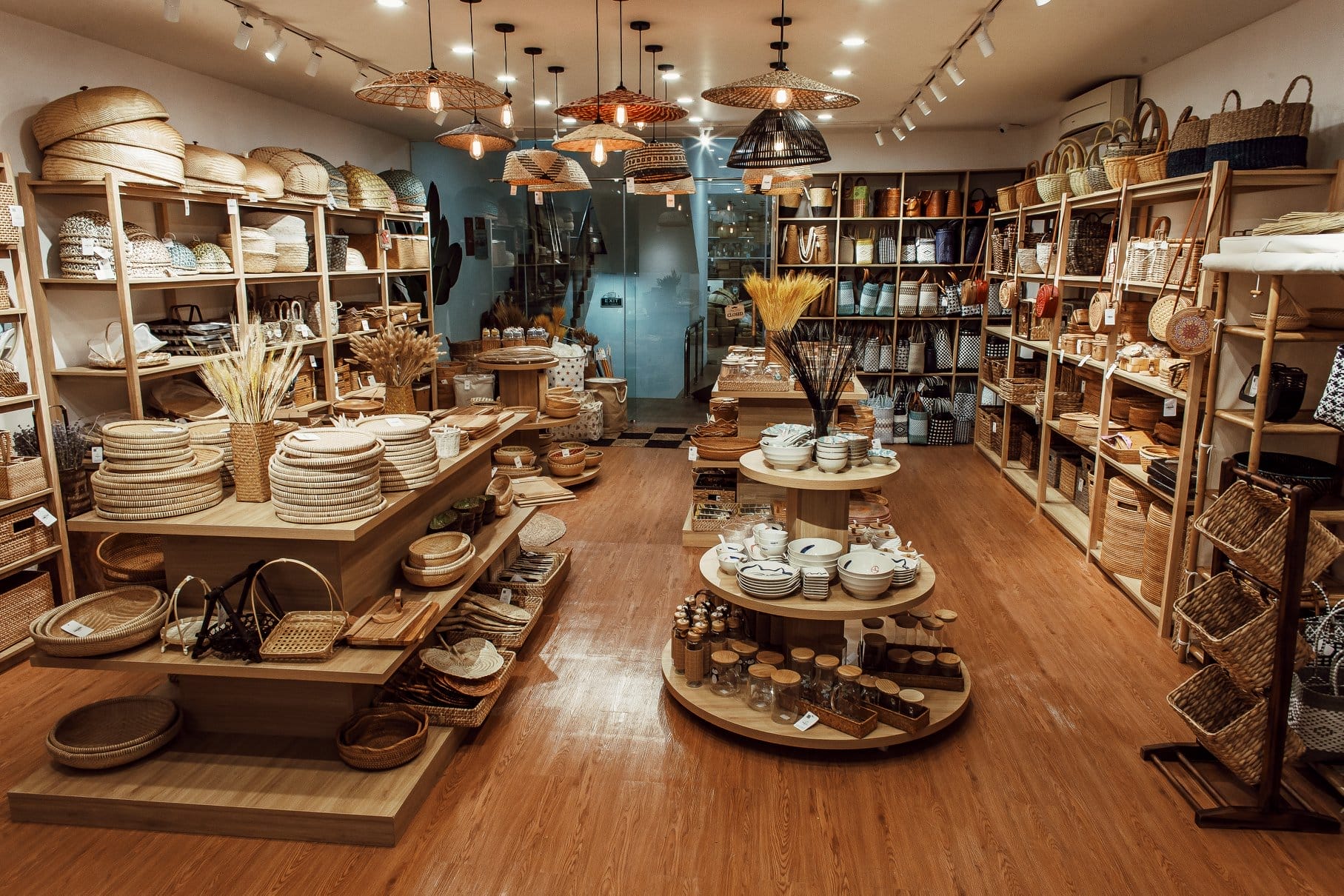Vietnam, a land of rich culture and history, boasts a long-standing tradition of craftsmanship. The intricate art of creating Vietnam handicraft products reflects the country’s heritage, showcasing the creativity and dedication of its artisans. From bustling cities to serene villages, handicraft products in Vietnam not only hold cultural value but also serve as a bridge to connect generations.

The Cultural Importance of Vietnam Handicrafts
Traditional craftsmanship in Vietnam is deeply rooted in its cultural identity. Every craft, whether pottery, silk weaving, or wood carving, tells a story of a specific region, its people, and their way of life. Vietnam handicraft embodies the resilience and creativity of local artisans, with techniques passed down through generations.
For example, the famous Bat Trang pottery combines functionality and artistry, while Van Phuc silk represents elegance and luxury. These crafts are more than products; they are symbols of Vietnam’s cultural wealth and artistic innovation.
Economic Contributions of Handicraft Products in Vietnam
Handicrafts play a vital role in Vietnam’s economy, particularly in rural areas. Craft villages like Dong Ho painting village or Kim Bong carpentry village create employment opportunities and sustain local economies. The export of Vietnam handicraft products contributes significantly to the country’s GDP, making it a key sector for sustainable development.
With a growing demand for ethically sourced and eco-friendly products, Vietnamese artisans are gaining international recognition for their skillful and sustainable creations, such as bamboo and rattan goods.
Preserving Heritage Through Craftsmanship
In an era of rapid globalization, preserving the traditional craftsmanship of Vietnam is essential. Many artisans continue to uphold age-old techniques, ensuring their heritage is not lost. Workshops in craft villages offer hands-on experiences, providing tourists and locals a chance to engage directly with artisans.
Furthermore, promoting handicraft products in Vietnam through cultural tours, such as visiting craft villages, plays a significant role in maintaining these traditions. It ensures a steady income for artisans while educating others about the rich history behind these crafts.
Challenges and Future Prospects
Despite their significance, Vietnam’s handicrafts face challenges such as competition from mass-produced goods and a decline in interest among younger generations. However, initiatives to modernize traditional designs and integrate them with contemporary trends are giving new life to these crafts. Government and non-profit support further bolster artisans, ensuring that the legacy of Vietnam handicraft thrives in the modern age.
FAQ Section: Frequently Asked Questions
Q1: What are the most famous handicrafts in Vietnam?
Vietnam is renowned for Bat Trang pottery, Van Phuc silk, lacquerware, and Dong Ho paintings.
Q2: Why are Vietnamese handicrafts unique?
Their uniqueness lies in the intricate techniques, regional influences, and the use of natural, sustainable materials.
Q3: Where can I buy authentic handicraft products in Vietnam?
Visit craft villages like Bat Trang or Dong Ky, or explore markets in Hanoi and Ho Chi Minh City.
Q4: How are traditional crafts preserved in Vietnam?
Through workshops, government support, and cultural tourism, artisans continue to pass on their skills to future generations.
Q5: Can tourists participate in craft-making workshops in Vietnam?
Yes, many villages, such as Bat Trang, offer hands-on experiences for visitors.
Explore Vietnam’s rich cultural heritage through our exclusive Vietnam Handicraft Tour, where tradition meets artistry.
Dive into craft villages and create lasting memories—book your adventure today!














